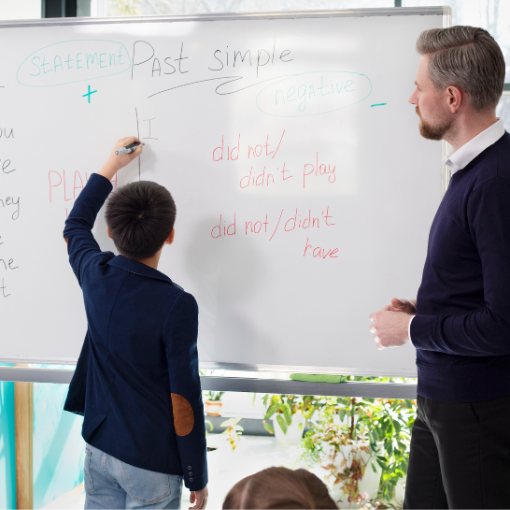



Effective classroom leadership involves articulating expectations, instructions, and feedback clearly to ensure students understand and follow them.
It includes establishing and maintaining consistent rules and routines to promote a respectful and orderly classroom environment.
Strong leadership fosters a supportive atmosphere that motivates students and accommodates diverse learning needs through varied instructional strategies.
In classroom leadership, educators focus on creating a structured and positive learning environment by setting clear expectations, managing student behavior, and fostering an inclusive atmosphere. This involves articulating rules and procedures clearly to ensure that students understand and adhere to them, while also employing effective strategies to maintain order and address behavioral issues. Classroom leaders actively engage students through diverse instructional methods, adapting their approaches to meet different learning styles and needs. They build strong relationships with students, encouraging open communication and mutual respect. Additionally, effective classroom leadership involves the use of motivational techniques to inspire students and build their confidence, as well as incorporating formative assessments to monitor progress and provide timely feedback. Leaders also implement collaborative learning opportunities, promoting teamwork and peer support. They are proactive in addressing potential challenges by creating a supportive environment that anticipates and mitigates issues before they escalate.

Copyright © 2024 Tefl Training. All rights reserved.